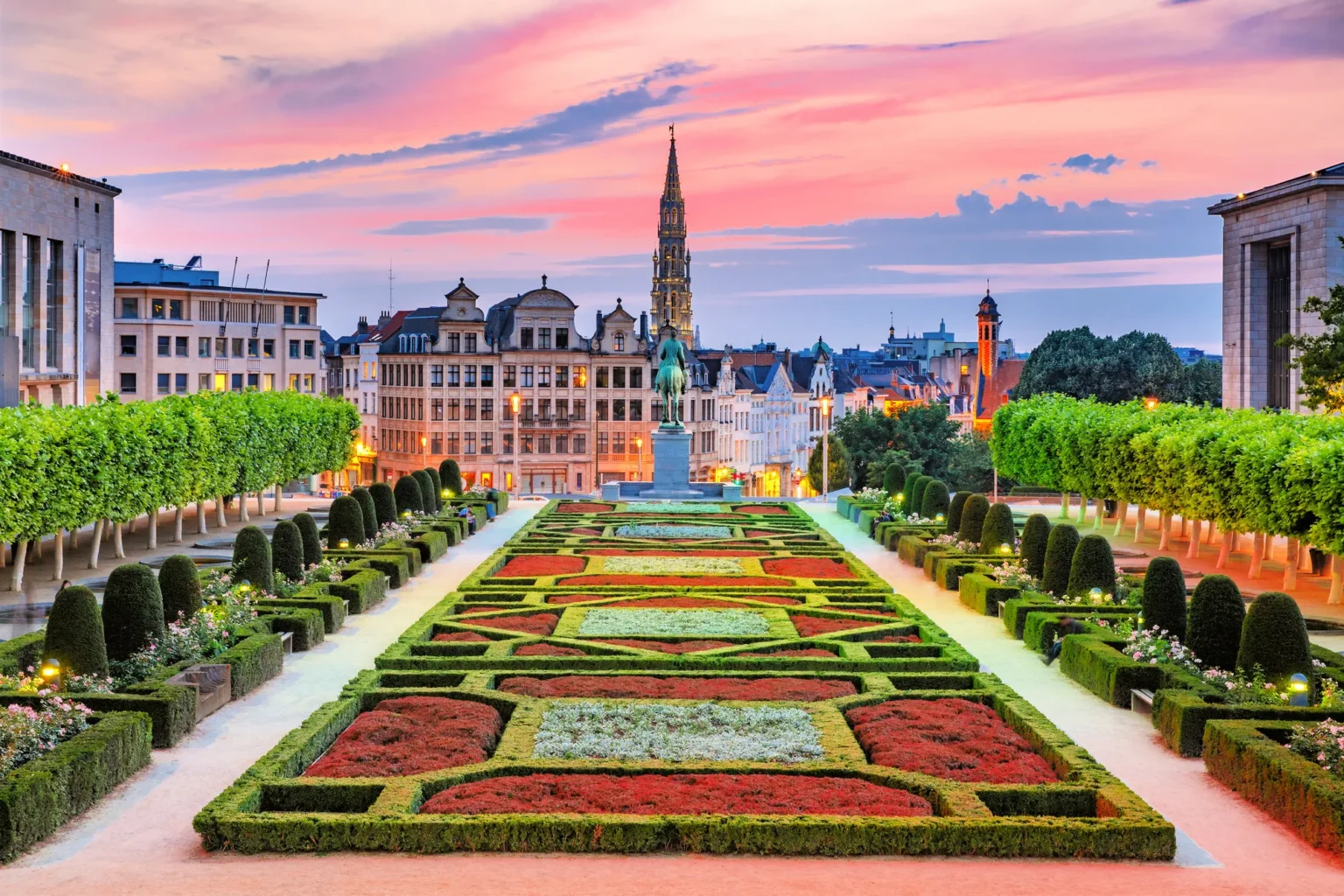Belgium&Holland
Top Five
-
12 Day Classic Romania
Discover local flavors Learn about traditional tracks Escorted tours High quality accommodation
-
12 Day Albania, Montenegro, Croatia & Slovenia
Discover local flavors Learn about traditional tracks Escorted tours High quality accommodation
-
13 Day Turkish Treasures with Cappadocia
Discover local flavors Learn about traditional tracks Escorted tours High quality accommodation
-
12 Day Central Europe with Warsaw & Krakow
Discover local flavors Learn about traditional tracks Escorted tours High quality accommodation
-
North Macedonia 9 Day
Discover local flavors Learn about traditional tracks Escorted tours High quality accommodation

Netherland
The Netherlands really is a land of windmills, tulips, and canals, while being a progressive 21st-century nation. The capital, Amsterdam, is famous for its waterways and its laid-back atmosphere. The Hague is home to the queen and a center for international diplomacy. And Delft and Haarlem are smaller, character-rich cities.

Belgium
Belgium has attractions out of proportion to its diminutive size. From medieval cities and abbeys where the monks run their own breweries to forested hills and famous World War I and II battlegrounds for contemplation and remembrance, it’s a little country that packs a big punch.
Brussels
Brussels’s vibrant, cosmopolitan atmosphere and multicultural beat make it much more than simply the administrative hub of Europe. The city was home to a number of greats, including Victor Horta, Jacques Brel, René Magritte, Georges Remi (better known as Hergé, creator of Tintin), and a whole host of other famous people you thought were French. It brims with museums that celebrate its famous sons and daughters. But for all its world-class restaurants, architecture, and art, the city keeps a relatively low profile; that means that you’ll still have plenty of breathing room to relish its landmarks, cobbled streets, and beautiful parks.
With around a million inhabitants, Brussels is arguably the only place in Belgium that really deserves the title of city in the truest global sense. And it has the grand boulevards and palaces one would expect from a European capital. In terms of sheer size, Antwerp is the closest thing to a rival that Brussels has, although the two differ greatly in character. While Belgium’s capital draws in tourists galore to gape at its grand squares and Art Deco buildings, its sister city remains more of a shopping destination, littered with high-fashion boutiques and enough diamond stores to bankrupt even the most prudent of billionaires. Although, some would argue that while Brussels has all the sights, Antwerp is where the cool kids go.
In terms of history, Bruges and Ghent are both beautiful ancient towns whose heritage has been well preserved through the ages. On a more manageable scale than their larger cousins, you’ll find quaint cobbled streets, medieval monuments, and even more great dining options. Their beauty is no secret though, so you’re unlikely to be visiting alone. Ghent, and particularly Bruges, can get exceedingly crowded during the summer months, but even then there are quieter corners and it’s fairly easy to give the masses the slip. The weather may be fickle in the quieter, colder seasons, but the crowds are a lot thinner; it’s then that you can feel the rhythm of life as it was many centuries ago.
Brussels is the bilingual capital that delights in contradiction. Its streets are signed in French and Dutch (to everyone’s confusion); its most iconic landmark is a tiny statue of a boy urinating (the Mannekin Pis), which symbolizes not just its people’s attitude to authority but their enduring deadpan humor; and it simultaneously boasts some of the grandest and ugliest architecture in Europe. This is the city that inspired one of the finest architects of the Art Nouveau movement, Victor Horta, as well as an endless series of “Brussels’s Ugliest Buildings” blogs. Dig a little deeper, though, and you’ll find not contradictions but context: a rich history that stretches back long before World War II devastated much of the capital, prompting rampant postwar redevelopment.
Brussels has a reputation for being “boring”—a rather tired cliché that stems from its being the main home of the European Union—but it’s a vibrant, multiethnic metropolis. One-third of its population are non-Belgians, and its hip Congolese Matonge quarter and North African Marolles flea market are now as much a fixture on the city’s tourist trail as its iconic Grand’Place.
And then there’s the nightlife. The beer-frazzled masses will find no complaint in Brussels’s myriad city-center bars, while the cafés of the St-Gilles area have become a Mecca for local hipsters. It has soul, too. This is, after all, the birthplace of artists ranging from the Surrealist René Magritte to Tintin-creator Hergé, and in recent years a number of impressive art museums have opened, with more said to be on the way.
Brussels is unpredictable, but therein lies its appeal. The city’s mishmash of ideas and images can seem a little slapdash at first glance, but from it comes a sense of urgency. It’s this mix of grand and quirky, old and new, rich and poor, together with some of the most beautiful buildings in Europe, that makes it perfect for just wandering. And in doing so, it’s hard not to fall in love.
Bruges and the Coast
Bruges is a city that could have sprung from the pages of a Gothic fairy tale. Its cobbled streets, spidery canals, and medieval churches are remarkably well preserved, having been spared the devastation that saw much of Belgium leveled during the 20th-century wars. The secret got out years ago, though, and avoiding weekends and high season is often the only way to skirt the crowds that flood its many boutique hotels.








